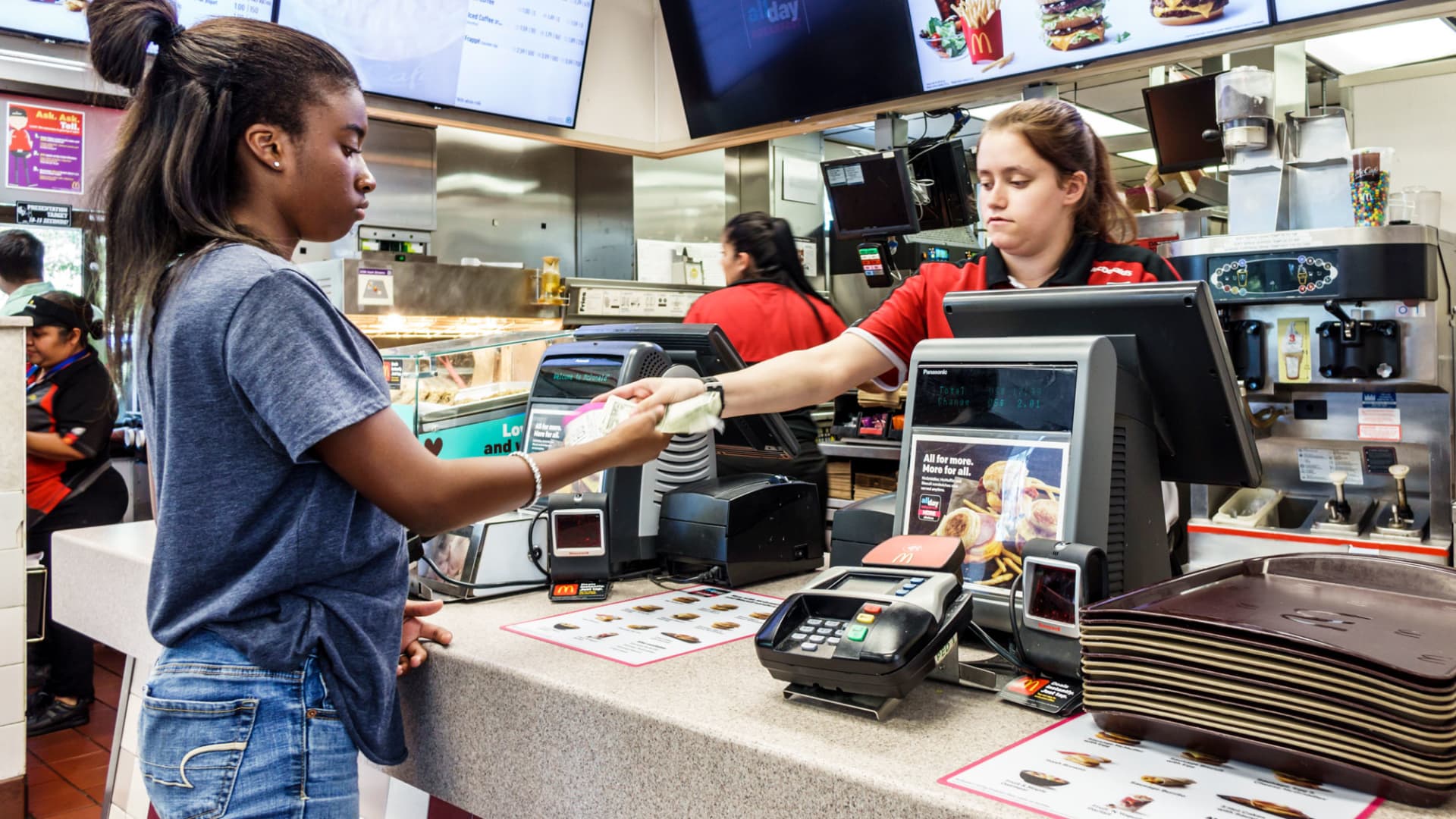McDonald's and other big brands warn that low-income consumers are starting to crack

🌈 Abstract
The article discusses how executives at some of America's largest companies have said that consumers feel the pinch of higher prices due to sticky inflation, which poses a challenge for Main Street, Wall Street, and the Federal Reserve.
🙋 Q&A
[01] Executives' Remarks on Inflation
1. What are the key viewpoints expressed by executives on the impact of inflation on consumers?
- Executives at major companies like McDonald's, 3M, and Newell Brands have said that consumers are feeling the pressure of higher prices and are being more discriminating with their spending due to the cumulative impact of inflation on food, energy, and housing costs outpacing wage growth.
- McDonald's CEO Chris Kempczinski said consumers continue to be "even more discriminating with every dollar they spend" due to elevated prices.
- 3M and Newell Brands executives reported seeing "continued softness in consumer discretionary spend" and that consumer spending is likely to be "muted" this year.
- However, Colgate-Palmolive and Coca-Cola have seen some signs of improvement, with Colgate-Palmolive noting volume growth returning as inflation became "more benign" and Coca-Cola saying the American consumer remains in "good shape" across income levels.
2. How are companies responding to the impact of inflation on consumers?
- McDonald's CEO said the company must be "laser-focused" on affordability to bring in diners as prices push away low-income consumers.
- Other companies like Newell Brands are issuing soft guidance for current-quarter earnings and expecting revenue declines due to the pressure on consumer spending.
[02] Broader Economic Implications
1. What is the broader economic context around the impact of inflation on consumers?
- Sticky inflation has created a "dark cloud" over how everyday Americans perceive the economic health, with consumer confidence hitting its lowest level since mid-2022.
- While the rate of inflation has fallen significantly from the 40-year high seen in mid-2022, the 3.5% annual growth rate remains above the Federal Reserve's 2% goal, leading the Fed to keep interest rates higher.
- The persistence of inflation, even after a period of runaway price growth, is a problem for companies serving customers who are feeling "sticker shock."
2. How have workers been impacted by the current inflationary environment?
- Worker pay has continued rising, as evidenced by first-quarter employment cost statistics.
- However, the prices paid by the typical consumer have also risen, biting into the extra income from those higher wages.
Shared by Daniel Chen ·
© 2024 NewMotor Inc.